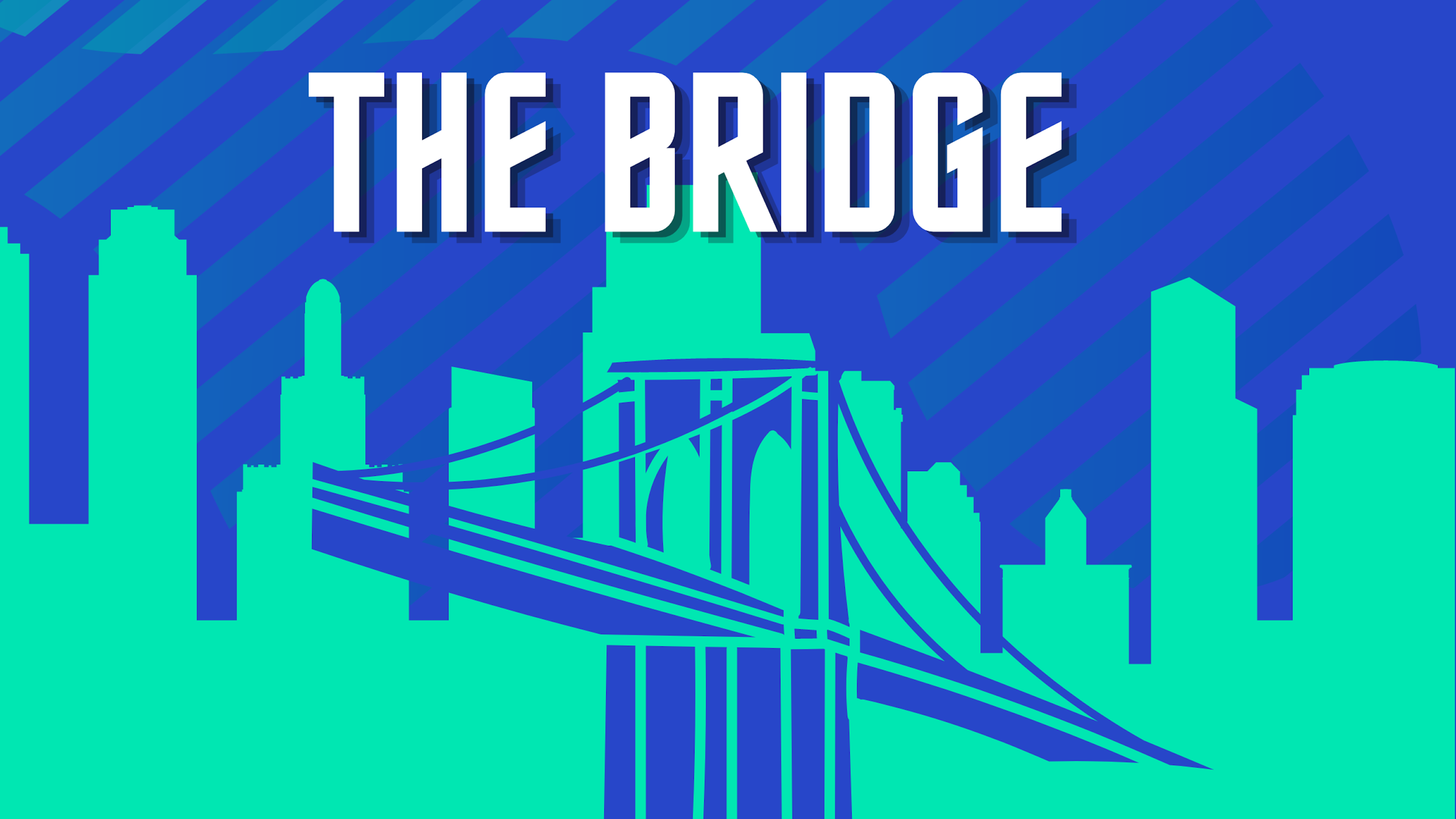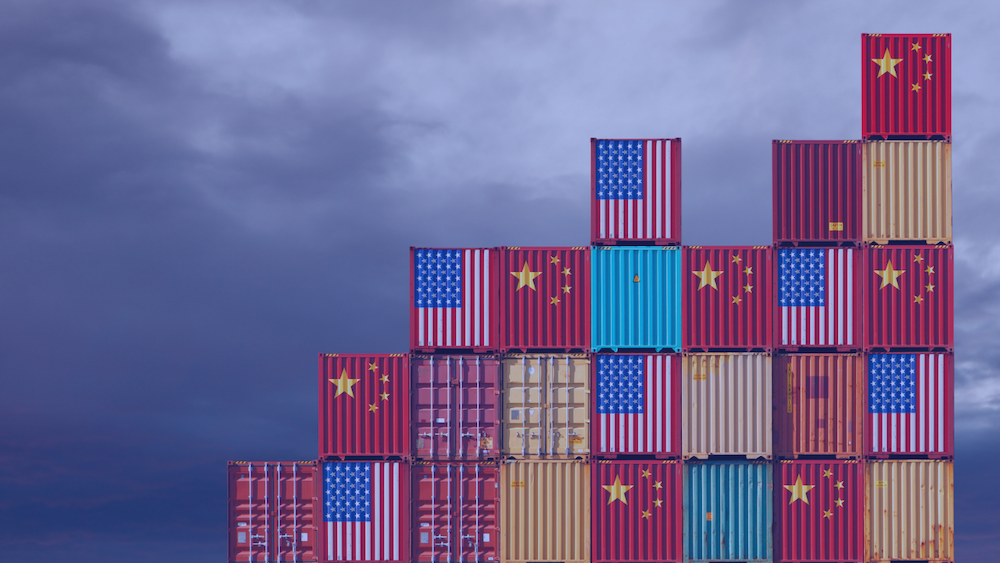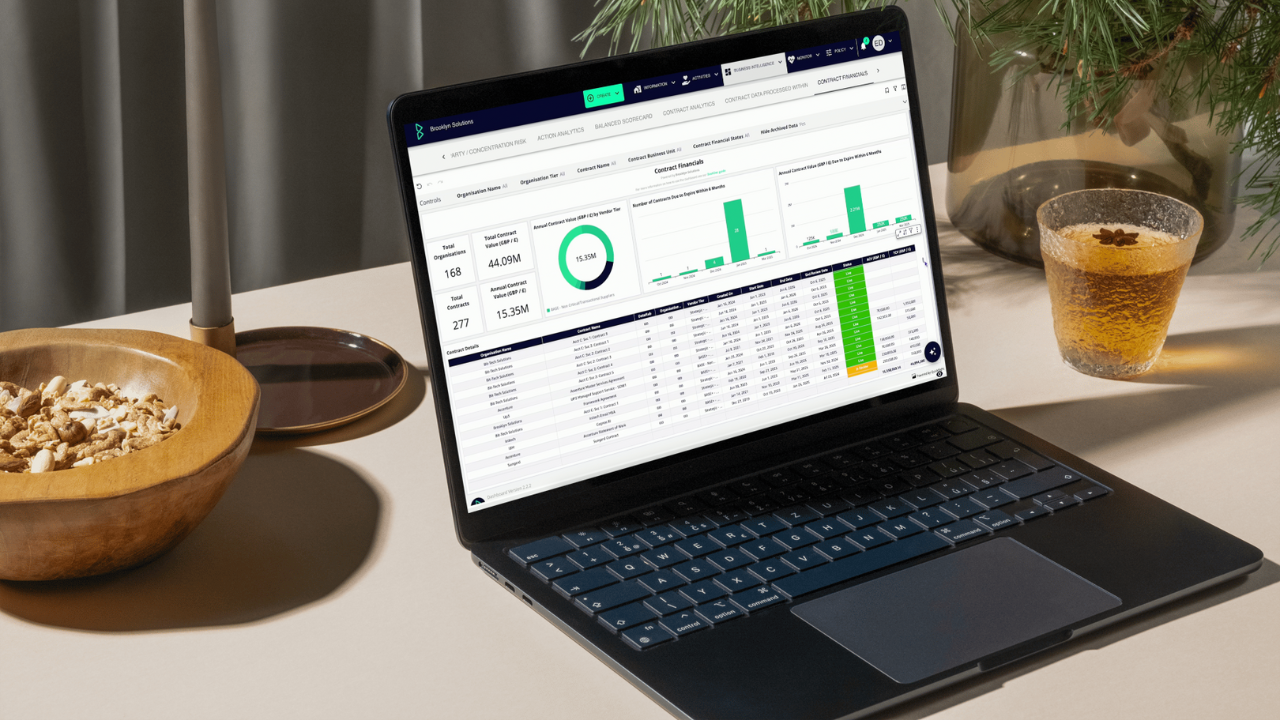Large and complex deals worked on by matrix managed multi-party teams are often surrounded by a myriad of tools. However, it’s common that a high percentage of platforms are aligned to departments and functions, and not necessarily teams. Typically, the end-to-end process needs to cross boundaries between departmental functions and depending on how well defined the operating model is, this interdepartmental boundary could be a crack or a chasm. How does a team of this nature operate in conjunction with a time-bound contract with a complex deal scope? Bridge the gap!
What are CRM, P2P and S2C?
Customer Relationship Management (CRM) has often been closely associated with sales and marketing teams from a variety of sectors and verticals used to manage, as it states ‘customer relationships’. Directly adjacent to this on the other side of the metaphoric table are all those procurement platforms. Both manage Suppliers that are typically associated with what tech research companies refer to as technology quadrants (guess who that is!) or in the past waves (guess who that was!) as Procure to Pay (P2P), Source to Pay and Source to Contract (S2C) platforms have a different focus and feel to CRM.
So, before we dig any further into this challenge and the overall gap, it is probably best that we classify each of the above acronyms which can be defined in the following ways;
CRM stands for Customer Relationship Management. It’s a technology used to manage interactions with customers and potential customers. A CRM system helps organisations build customer relationships and streamline processes so they can increase sales, improve customer service, and increase profitability
P2P stands for procure-to-pay (P2P) process combines a company’s procurement and accounts payable functions usually in Finance. The process starts when the need arises for goods or services and ends with the payment for those goods or services. It covers requisitioning, purchasing, receiving, paying for, and accounting for goods and services. Throughout the process, cost savings and value creation are prioritised.
S2C Source-to-contract (S2C) refers to the collective set of procurement processes adopted when sourcing products or services. S2C technology improves agility, visibility and business continuity for procurement teams.
You will notice that all three are very short or non-existent when it comes to managing a Customer or Supplier once engaged or in the life of the contract. Even though ironically this is the largest amount of time you spend working with. We only assume that there is an expectation that this gap could be picked up by Project Portfolio Management products such as Microsoft Project.
It is largely universally accepted that the procurement life cycle is one of the go-to frameworks for looking at the required processes and picking technology around the entire function that covers source to contract and source to pay. However, when we look under the guise of successful management of a contract post-signing it almost falls apart and fails to deliver ongoing value. As such, all three platforms are very limited in terms of what they can actually do for us in a contract delivery benefit realisation sense.
A lot of the time, these acronyms are defined and used by tech companies to sell products but don’t actually help with the discipline’s most significant challenges.
Typical Operating Models & Further Fuel to the Fire!
What happens in most cases is that at the time of deal signature there is some kind of transition between departments when the lifecycle changes. Let’s unpack this a little bit more:
On the sourcing side, when looking for a supplier Procurement teams use P2P and S2C platforms and once the contract is signed, apart from some metadata onboarding taking place at best, the lead typically switches from the Procurement / Legal side to the Business Unit that owns the contracted product or service to run the delivery element. In most cases, there is no well-defined way to execute this seamlessly from a contractual document to something that can be managed through delivery. Yes, there are tools that focus on contract compliance, but once that’s measured the void is felt and often most are left with a really large spreadsheet to make into a single monster project Gantt chart or a series of disconnected smaller ones with slide packs filling the gaps and expected to connect the dots. Whereas on the supplier side, when obtaining/securing a new customer, the Commercial and Sales teams with the help of the Legal team draft and agree on the final and signed contract. It’s at this point that Service/Product Delivery or Customer Success are involved to deliver against the agreed scope, again during this transition there is little to no support from any CRM product, arise the spreadsheet, Gantt, Slides monster once more!

There have been many studies on this but essentially the impact of this being undertaken sub optimally could erode the deal value by up to 30% and equality a really strong focus could increase deal value over its lifetime by 30% or more. The diagram below shows the potential broad drop off in value if the processes and effective inter-departmental operating models are not in place resulting in increased spend and loss of revenue the longer it remains which could easily be plus or minus 30% of the Spend Under Management (SUM).
Challenges that remain unanswered
Expecting that you manage a complex deal run over multiple years that has been managed to a complex set of regulatory and governance structures is simply beyond the capabilities of a generic Project Portfolio Management (PPM) platform, however good they are. These platforms have some useful capabilities but lack the context of the overall discipline and what needs to be achieved to drive the desired business outcomes.
If we break the context down into six key areas where they are significant challenges that this approach or using this lifecycle has never addressed, what does it look like? What questions does this leave you with or where does a CRM, P2P and S2C leave you wanting in this regard.
- How do I govern the contract effectively? So I’ve got all these customers and suppliers in these groups, what does effective governance look like? Who should be involved, and what do we need to cover?
- What makes a good relationship and what allows you to collaborate with your supplier or vendor in a strong, repeatable manner that’s understood well by all the parties involved.
- What constitutes strong contractual management? What does that actually mean? When you execute a contract and need to manage down to the component parts of what they represent. What does this actually mean and what capabilities are required to do that?
- How do you initially identify and mitigate the risk that is inherent due to the situation, the type of contract as well as the risk of doing business with that specific supplier or customer as well? How do you understand when risk is materializing or crystallizing and what to do about it? What is risk Landscape versus risk stock?
- How do you easily demonstrate compliance against your contract? Are you compliant with your contract? Is the contract itself compliant and is it running in a compliant manner? What does this all mean?
- Finally, what activities can you undertake with your supplier and your partners to accelerate delivery and add more value?
So there are six of the more obvious challenges that the procurement or CRM lifecycles and platforms have never really addressed or never really help you with. Other than just providing a placeholder that represents IN LIFE activity that could take place across the function at that time.
When you consider that most deals range from anything from a year or up to 10 years in length perhaps you can start to appreciate that P2P, S2C and CRM platforms fall someone short of what is really the most important aspect of why you engaged that supplier or secured that customer, to begin with, to actually deliver what was contractually agreed to in the first place, effectively and successfully!

How to begin addressing the gaps
The Bridge Podcast
Want to become an expert in your pre and post contract management? In our latest episode, we take a deep dive into addressing gaps in your operating model when CRM, S2C and P2P platforms fall short. Speaking with experts in the field of procurement and vendor management, we offer best practices for deriving the most value from your third party agreements. You won’t want to miss this…



